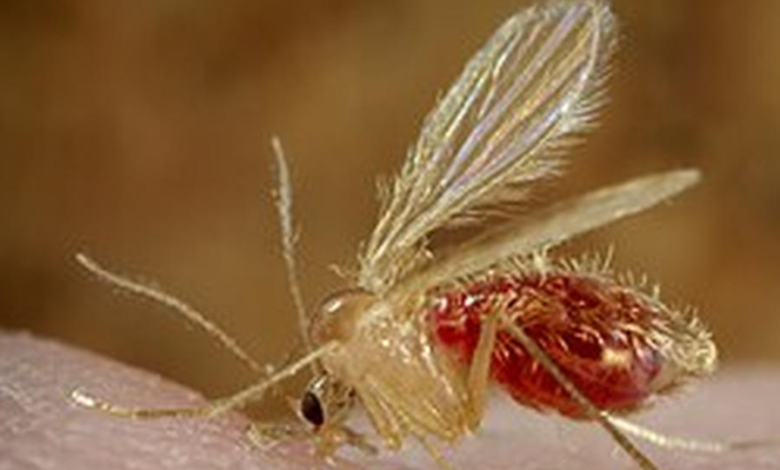Chandipura Virus : Understanding the Growing Threat and Its Impact on Public Health

Rising Concerns and Increased Threat
The Chandipura virus, a member of the Rhabdoviridae family, is presenting an escalating threat in 2024, according to the World Health Organization (WHO). This year marks a significant increase in the virus’s impact compared to the past two decades. From early June to August 15, India has reported 245 cases of acute encephalitis syndrome (AES), with 82 fatalities, indicating a concerning 33% fatality rate. Notably, 64 of these cases have been confirmed as being caused by the Chandipura virus, marking the most severe outbreak in 20 years.
Symptoms and Effects of Acute Encephalitis Syndrome
Acute encephalitis syndrome, a severe complication associated with the Chandipura virus, results in inflammation of the brain. Patients often experience a range of distressing symptoms including fever, confusion, disorientation, and in severe cases, coma. Additional symptoms can involve seizures, irritability, vomiting, and significant personality changes.
Transmission and Public Health Concerns
The Chandipura virus is primarily transmitted by sand flies and mosquitoes, with a notable increase in cases during the monsoon season. Despite its rapid spread, human-to-human transmission of the virus has not been documented.
Current Situation and Future Outlook
The resurgence of the Chandipura virus highlights the urgent need for enhanced public health measures and awareness. The high fatality rate and the severity of the outbreak underscore the importance of ongoing surveillance and preventive strategies to mitigate the virus’s impact.
For continued updates and detailed coverage on health threats like the Chandipura virus, stay informed with Health Live on Newztalkies.com.


